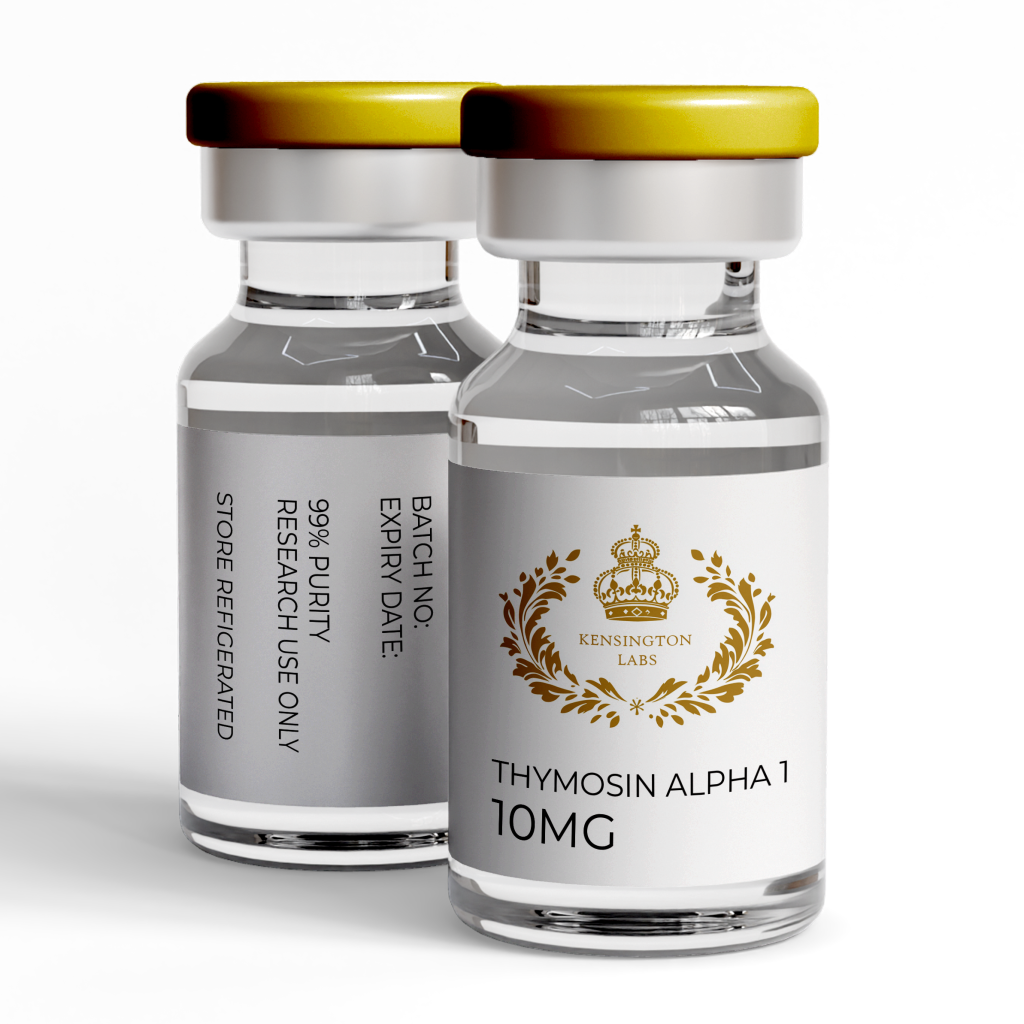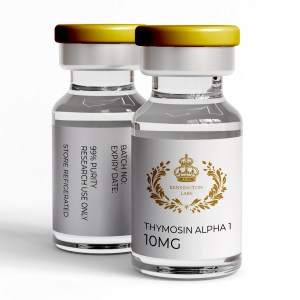Abstract
The global research-peptide supply chain is under growing regulatory scrutiny, driven by the rise of unregulated online vendors, mis-branded compounds and the diversion of research-grade materials for unapproved human use. This report reviews a recent high-profile enforcement raid in the United Kingdom, examines the distinction between legitimate research-use only supply and consumer-facing “wellness” markets, and clarifies the compliance framework required for lawful peptide distribution in the UK and comparable jurisdictions.
Background
Peptides under investigation frequently serve in preclinical roles such as receptor-binding assays, translational pharmacology and metabolic-pathway research. The critical point is that many of these peptides remain unlicensed for human therapeutic use and must not be marketed or supplied for injection outside authorised studies.
With the proliferation of online commerce and social-media marketing, the sector has seen:
-
Increased activity among unlicensed suppliers offering “weight-loss pens”, “hormone optimisation” protocols, or “wellness peptides”.
-
Claims of “pharmaceutical-grade” products without verified documentation.
-
Diversion of research-grade compounds into channels intended for human administration.
These trends have triggered intensified regulatory enforcement.
Recent Enforcement Trends — Spotlight: UK Warehouse Raid
In October 2025, the Medicines and Healthcare products Regulatory Agency (MHRA), supported by Northamptonshire Police, raided a warehouse facility in Northampton on suspicion of manufacturing and distributing unlicensed weight-loss injections. GOV.UK+2The Pharmaceutical Journal+2
Key details:
-
More than 2,000 pre-filled pens labelled as containing Retatrutide and Tirzepatide were among the items seized. The Pharmaceutical Journal+2GOV.UK+2
-
Tens of thousands of empty pens ready for filling, raw chemical ingredients, packaging and manufacturing equipment were also recovered. euronews+2GOV.UK+2
-
The estimated street value of the finished products alone exceeded £250,000. The Independent+1
-
The MHRA described the facility as the “first illicit production facility for weight-loss medicine discovered in the UK” and possibly the largest single seizure of trafficked weight-loss medicines ever recorded globally. GOV.UK+1
This raid highlights several critical regulatory risks:
-
The conversion of research-grade or unapproved compounds into products marketed for human use.
-
The international dimension of illegal medicine manufacturing and distribution.
-
The necessity for rigorous supply-chain control, documentation and regulatory alignment for legitimate research-use suppliers.
Research vs. Consumer Supply Chains
| Supply Chain Type | Permitted Purpose | Key Documentation | Critical Regulatory Condition |
|---|---|---|---|
| Research-Use Only | Laboratory, analytical, non-human use | Certificate of Analysis (CoA), batch traceability, purity & identity verification | No marketing or implication of human administration |
| Consumer/Wellness Supply | Human therapeutic, cosmetic or weight-loss use | Licensed medicinal product, regulatory authorisation | Only permitted if product is regulated and approved for the indication |
Most regulatory enforcement arises when suppliers attempt to cross this boundary — for example, offering research-grade peptides as “wellness injections” or promising unapproved therapeutic use.
Market Distortions and Misinformation
Several common themes appear:
-
Suppliers using claims of imminent bans, “limited availability” or “last chance supply” to drive urgency.
-
Marketing of “pharmaceutical-grade” peptides with minimal or no verifiable analytical data.
-
Misinterpretation of preclinical or early-stage human data to suggest currently available therapeutic benefit.
These practices contribute to misinformation and pose risks both to individual users and to compliant research-supply organisations.
Maintaining Compliance and Integrity
For a research-peptide distributor to maintain regulatory integrity, the following obligations are essential:
-
Position all compounds explicitly as reagents for research only and avoid any implication of human administration, dose-recommendations or injection protocols.
-
Provide transparent analytical documentation: a valid certificate of analysis (HPLC trace, MS confirmation, batch number, date of manufacture).
-
Avoid any marketing language referencing injection techniques, user testimonials, weight-loss, recovery, or performance enhancement unless verified through regulated clinical trials.
-
Ensure the customer acknowledges and agrees to research-use-only terms at point of sale (and retains audit capability).
Adherence to these principles supports lawful operation, preserves scientific integrity and mitigates exposure to regulatory action.
Conclusion
Regulatory enforcement in the peptide sector does not target the existence of research peptides per se — it targets the misrepresentation, unapproved human supply, marketing of therapeutic claims and lack of chain-of-custody documentation.
The recent UK raid serves as a landmark demonstration of the risks posed by informal supply chains and the importance of rigorous compliance for legitimate operators.
For research‐oriented distribution, the emphasis must remain on documentation, transparency, regulatory alignment and avoidance of consumer-facing therapeutic claims.
References
-
MHRA. MHRA smashes major illicit weight loss medicine production facility in record seizure. Press release. Published 24 October 2025. GOV.UK
-
The Pharmaceutical Journal. “MHRA raids illegal weight-loss jab production line worth more than £250,000.” 24 October 2025. The Pharmaceutical Journal
-
Euronews. “UK authorities seize thousands of unlicensed weight loss jabs in major drug trafficking bust.” 24 October 2025. euronews
-
Independent. “Fake weight-loss jabs worth £250,000 seized in first-of-its-kind raid.” 24 October 2025.





